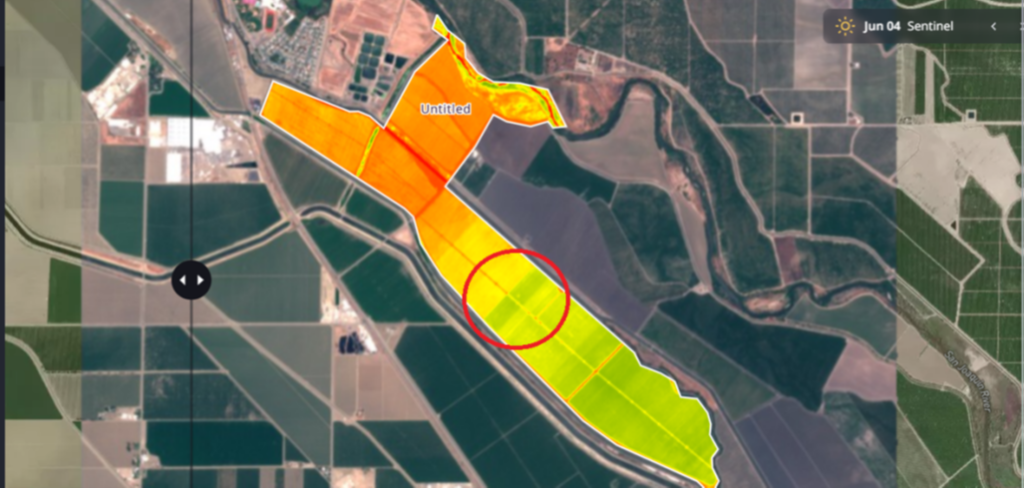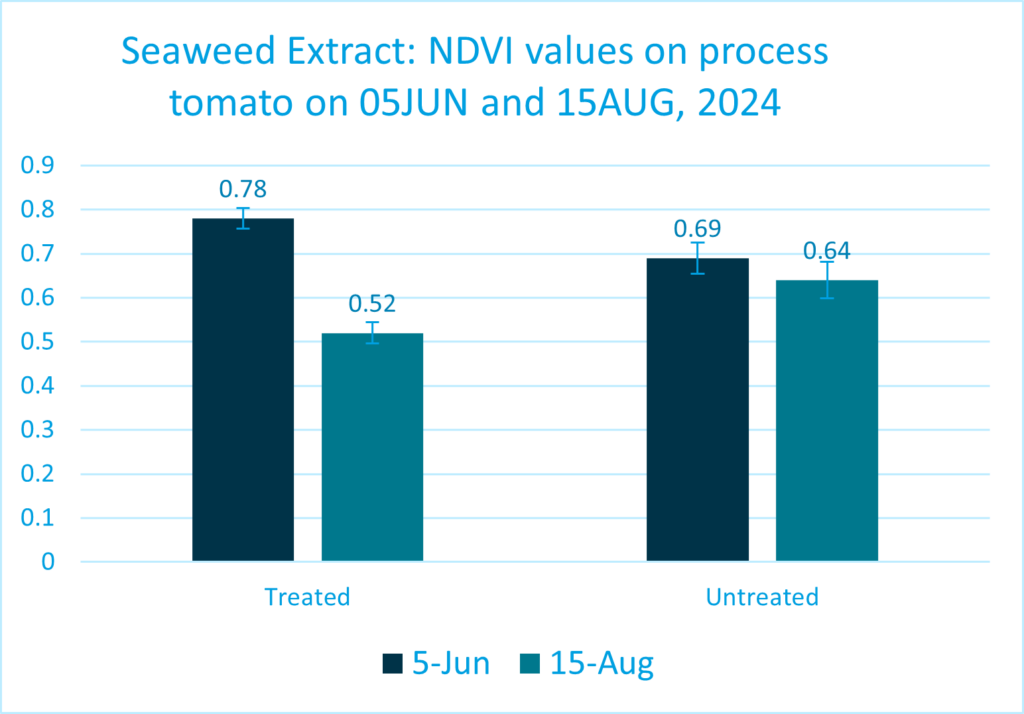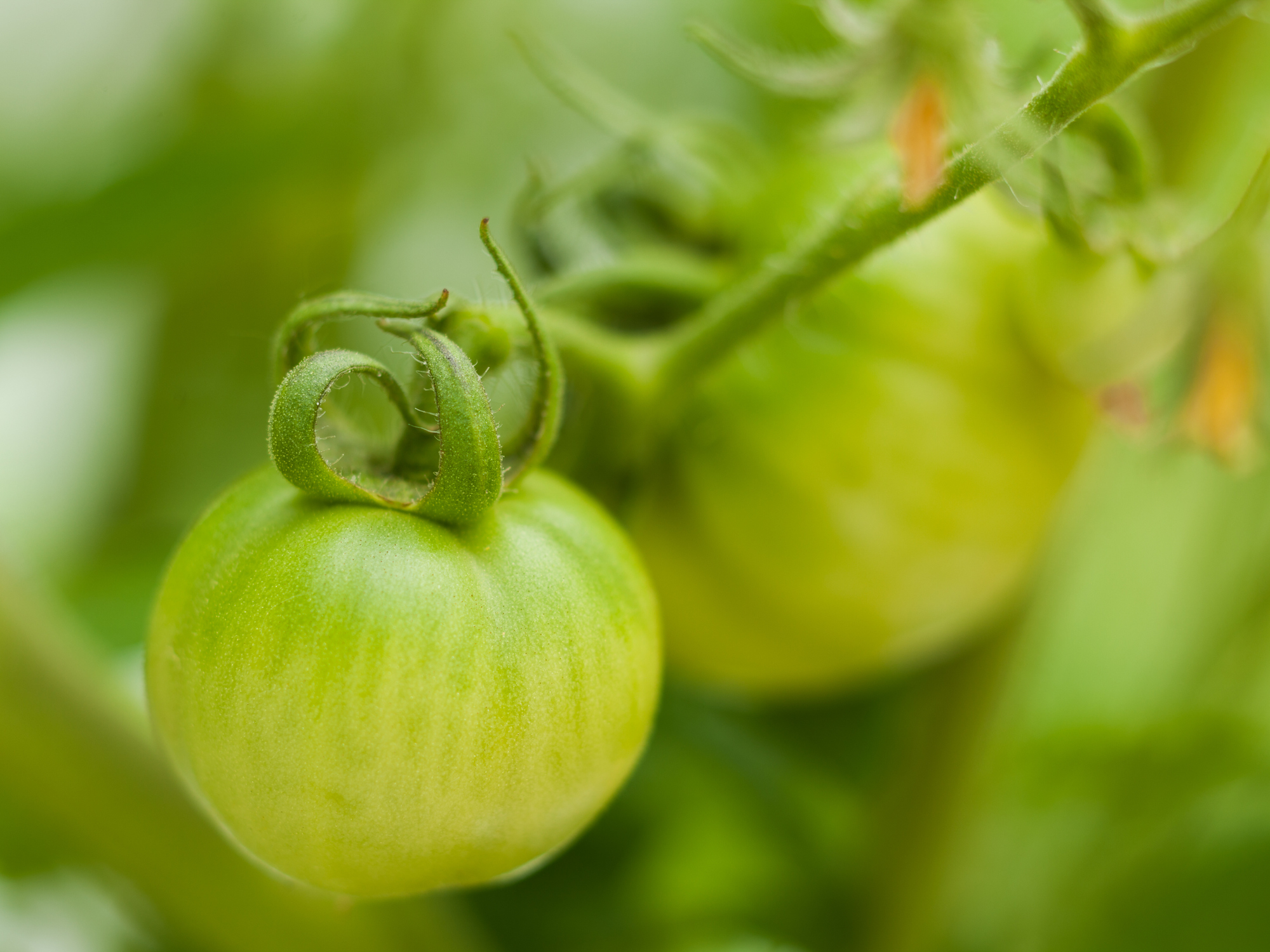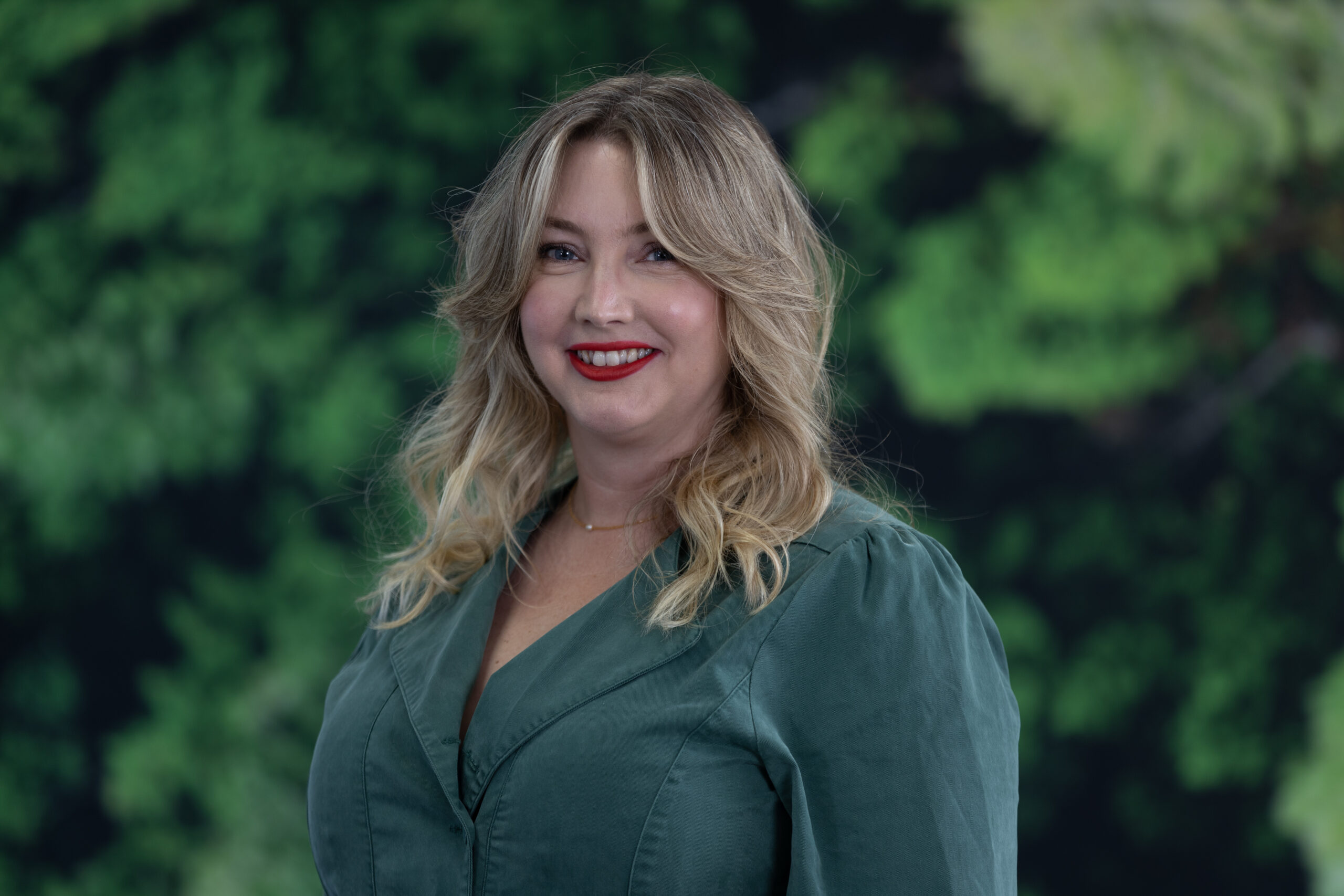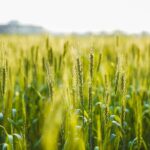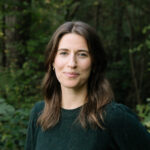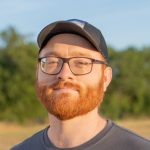Upcycling harmful algae waste from the Caribbean coastline to naturally fertilize California farmland
Carbonwave is a Leading Harvest Program Activator. A Program Activator is any organization that collaborates on projects with Program Users that demonstrate how their services support obtaining certification and/or help measure outcomes associated with certification. Carbonwave collaborated with the Program User International Farming.
Right now, a massive seaweed bloom stretches 5,000 miles across the Atlantic Ocean, from Mexico to Africa. It is the largest seaweed bloom on the planet by a factor of multiple thousands, producing between 15 and 30 million tons of seaweed every year—and it’s growing.
“More and more Brazilian rainforest has been turned into farmland, and fertilizer used on those farmlands runs out of the Amazon basin. Combined with warming oceans, this fertilizer runoff creates the perfect conditions to fuel the Sargassum seaweed bloom into a global threat,” says Jonas Kunz, Director of Agriculture at Carbonwave, a Boston-based Public Benefit Corporation.
Sargassum seaweed typically grows in isolated areas and at warmer latitudes of the Atlantic Ocean. It is orange-brown and floats in clusters on the water’s surface, soaking up carbon as it grows. The plant provides critical ecosystem services for marine species like fish, crabs, sea turtles, birds, and shrimp. Eventually, it falls to the bottom of the ocean, providing energy and nutrients to deep-sea species.
But today’s historic Sargassum bloom, fueled by climate change and industrialized agriculture, is smothering coastal ecosystems in the Caribbean and Gulf of Mexico. The sudden influx of plant matter is even changing the oxygen levels and pH of the water, altering the conditions marine life depends on to survive.
Sargassum releases heavy metals like arsenic into the groundwater when left on the shore to rot. Moreover, it emits large amounts of methane, carbon dioxide, ammonia, and hydrogen sulfide into the atmosphere as it decomposes, posing a serious health risk to the climate and local communities. The invasion negatively affects tourism, too, costing millions of dollars to an industry upon which many communities rely.
In 2024, Carbonwave partnered with institutional investment manager International Farming (I.F.) to apply and trial this new innovative product and turn this environmental crisis into a sustainable farming solution. The companies trialed a new Sargassum seaweed-based fertilizer on I.F.’s farmland in California. And after just 11 weeks of application, they saw positive, verifiable results for their land, farmers, and communities.
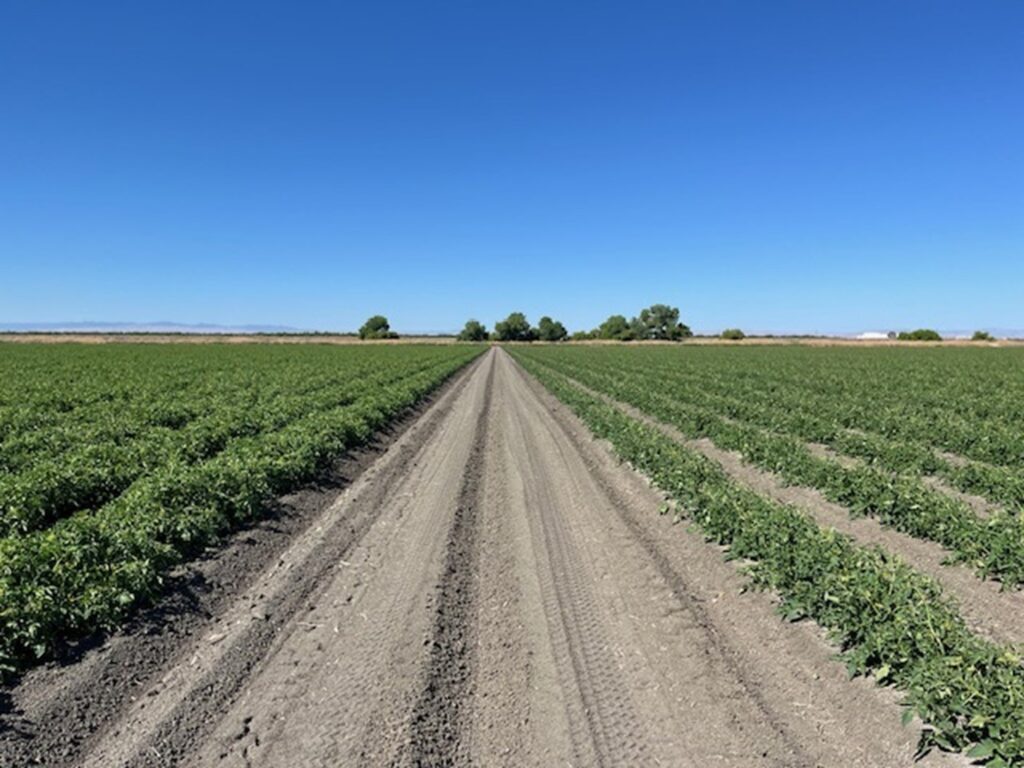
INNOVATION, VERIFIED
I.F. has been involved in agriculture for almost 200 years. Since its inception, the company has owned and managed about 500,000 acres of farmland across the U.S. with more than 80 crop types. Its leaders needed a framework for continuous improvement across these properties that could be deployed at scale.
“We wanted to partner with an organization like Leading Harvest that is an independent, third-party agency that can provide a trusted, verifiable answer to the question of whether our properties are being farmed in a sustainable manner,” says Dr. John Kruse, Principal, Agronomy & Sustainability.
I.F. certified 100% of its Core Fund farmland to the independent, third-party audited Leading Harvest Farmland Management Standard in 2022. The Standard is universally applicable across crop types and regions, and it covers a broad spectrum of sustainability, from environmental concerns like the conservation of biodiversity and soil health to social factors like employees and farm labor, protection of special sites, and local communities.
“Leading Harvest has a unique Management Standard in that it is rigorous and yet flexible enough to account for different farming systems (e.g. permanent crops versus row crops, etc.) and geographies (e.g. farming row crops in the Midwest is very different from farming alfalfa in the southwest),” says Kruse.
Carbonwave’s new Sargassum fertilizer product is well suited to support conformance to the Leading Harvest Standard. The company works with local resorts, municipalities, and the regional government to collect Sargassum from the coastline of the Yucatan Peninsula every day, then uses a low-carbon, chemical-free process to extract only essential nutrient elements. The resulting SargaExtra 0-0-1 fertilizer can be applied across a variety of agricultural fields to provide critical nutrients minimizing the need for additional chemical additives. Importantly, its application fits seamlessly into growers’ current operations.
“[This] technology is based on a natural product—Sargassum seaweed—that is not only derived from nature but compatible with other crop inputs and irrigation systems,” says Kruse. “Sargassum is one of the fastest-growing plants and is thus ‘loaded’ with beneficial properties such as plant growth promoting compounds.”
THE EXPERIMENT
I.F. trialed SargaExtra 0-0-1 on a 50-acre strip of processing tomatoes in California, with two 50-acre control strips on either side. All three strips contained the same variety of tomato planted at the same time and on similar soils. SargaExtra 0-0-1 was applied via drip irrigation six times over 11 weeks after planting.
At the end of the trial, Firebaugh, California grower knew his tomatoes were of higher quality before they even left the fields.
“Overall, from visual and also cannery testimony, without seeing the grades, the product is in perfect condition and better than the last field with better yields,” the grower told I.F. “Approximately 7 to 10 tons more per acre.”
Later, Carbonwave’s economic analysis confirmed that the return on investment of the trial field was 16:1, after factoring in the cost of the product applications. The trial field, based on the grower’s yield estimate, brought in $960 more per acre than the control fields.
“The Sarga product had a visible effect on the crop, increasing growth and vigor. It also visibly accelerated crop maturity. The crop in the treated area matured more quickly than the adjacent, untreated area,” says Kunz.
Economic Analysis
| Treatment | Yield (t/acre)* | Farmgate value ($/ton) | Revenue ($/acre) | Product cost ($/acre) | ROI |
| Sarga | 58.5 | $113 | $6,610.50 | $60.00 | 16:1 |
| Control | 50.0 | $113 | $5,650.00 | — | — |
| Difference | 8.5 | $113 | $960.50 | $60.00 | — |
*Estimated yield based on feedback from the grower.
Both control and treatment groups were planted on Tachi Clay and Tranquillity-Tranquillity, wet, complex, saline-sodic soil.
THE RESULTS
For I.F., this trial was a triple-win. It boosted soil health, increased profitability for the grower, and decreased climate impact, all of which fed directly into the company’s goal to continuously improve farmland management with the Leading Harvest Standard.
“The effect [of SargaExtra 0-0-1] is to boost nutrient uptake and crop growth and vigor without the need to apply additional fertilizer. This results in a financial benefit to the grower (through greater yield) and an environmental benefit (less fertilizer nutrients left in the soil due to greater crop uptake),” says Kruse.
As a biobased input, SargaExtra 0-0-1 helps to reduce chemical inputs that are harmful to the land, and in the long term, more expensive for growers. The product extracts the nutrients from Sargassum and returns them to agriculture, helping I.F. close the nutrient runoff loop on those elements with their farming practices and meet Principle 1 of the Leading Harvest Standard: Sustainable Agriculture.
Moreover, the trial increased crop yield without applying any more fertilizer (Principle 2, Soil Health and Conservation); helped reduce the amount of synthetic fertilizer left in the soil that can degrade water quality (Principle 3, Protection of Water Resources); promoted more vigorous crops that are less susceptible to disease and insect pressure (Principle 4, Protection of Crops); and promoted the application of regional agricultural best management practices on tenant-operated farmland (Principle 13, Tenant-Operated Operations).
“Our tenant grower appreciated the fact that their landlord was actively working with them to help their business (a positive reputational effect) and increased their bottom line (a positive financial effect),” says Kruse.
Producing SargaExtra 0-0-1 inherently meets more principles of sustainability by upcycling waste that would otherwise have rotted on shorelines, emitting methane and other harmful gases (Principle 5, Energy Use, Air Quality, and Climate Change and Principle 6, Waste and Material Management)
“We are creating an economy of upcycled and regenerative, rather than extractive, materials,” says Kunz.
Carbonwave is a Leading Harvest Activator, meaning it has demonstrated that the use of its product assists Leading Harvest Program Users in obtaining certification to the Farmland Management Standard. The company has collected extensive trial data through projects such as this, and it is looking for early adopters of its innovation.
Contact Jonas Kunz to learn more about partnering with Carbonwave: jkunz@carbonwave.com.
Contact Laura Robey, Manager of Partnerships and Programs, to learn more about becoming a Leading Harvest Activator: lrobey@leadingharvest.org.
